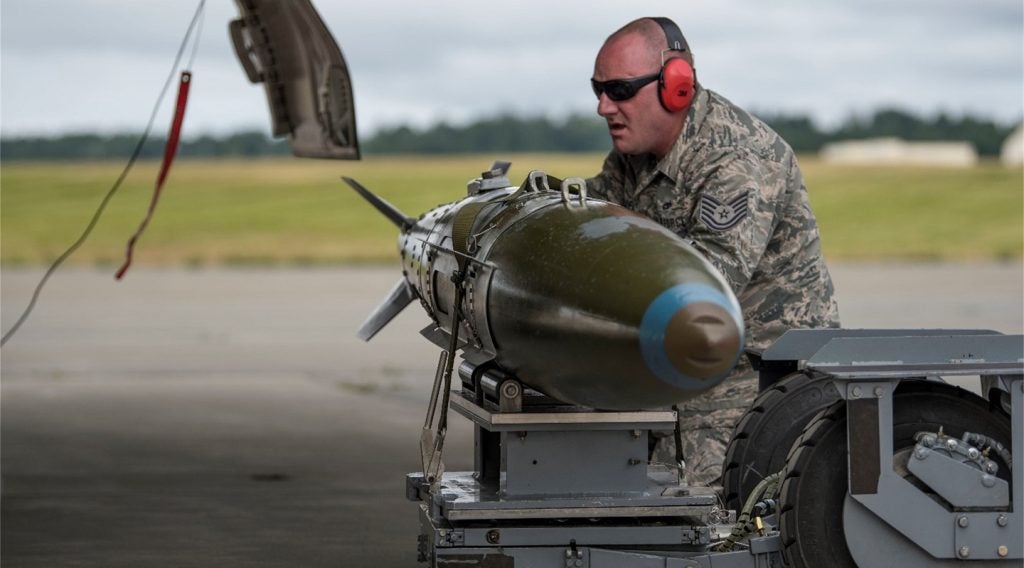Ball Aerospace & Technologies has been awarded a contract for the production of the ion velocity metre (IVM) under the US Air Force’s (USAF) space situational awareness environmental monitoring (SSAEM) programme.
Awarded by the Defense Weather System Directorate at the Space and Missile Systems Center in Los Angeles, US, the firm fixed-priced $5.8m contract requires the company to build five replicas of the instrument, which was originally designed by the University of Texas at Dallas (UTD).
The IVMs are expected to fly aboard the constellation observing system for meteorology, ionosphere and climate-2 (COSMIC-2), a joint follow-on mission between Taiwan and US agencies to launch a constellation of six satellites into low-inclination orbits in late 2015.
Ball Aerospace National Defense business unit vice-president and general manager Dave Kaufman said the IVM measurements are critical for assessing the effects of space weather on spacecraft and communications.
"The improved sensing capability afforded by the IVM aboard the next-generation COSMIC-2 will contribute to critical long-term data continuity characterising space plasma," Kaufman said.
The COSMIC-2 mission is expected to provide a revolutionary increase in the number of atmospheric and ionospheric observations, which is critical as it influences radio propagation to distant places on the Earth.
How well do you really know your competitors?
Access the most comprehensive Company Profiles on the market, powered by GlobalData. Save hours of research. Gain competitive edge.

Thank you!
Your download email will arrive shortly
Not ready to buy yet? Download a free sample
We are confident about the unique quality of our Company Profiles. However, we want you to make the most beneficial decision for your business, so we offer a free sample that you can download by submitting the below form
By GlobalDataThe data from the IVM instruments will be used for ionosphere characterisation, thereby providing information related to applications involving radio wave propagation.
USAF is providing three space weather payloads, including the IVM instruments and RF Beacon transmitters that will fly on the first six satellites, and the primary payload, the US Global Navigation Satellite System Radio-Occultation instrument under development by Nasa’s Jet Propulsion Laboratory for atmospheric characterisation, for the COSMIC-2 programme.
Led by the National Oceanic and Atmospheric Administration (NOAA), the US agencies are actively partnering with Taiwan’s National Space Organization to execute the programme.








